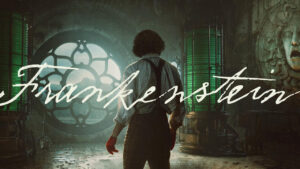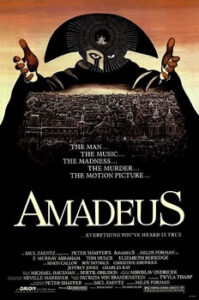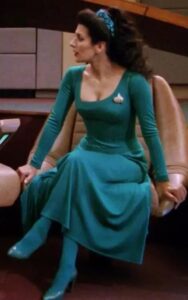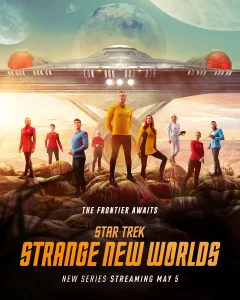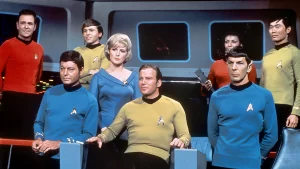.
Guillermo del Toro’s production of Frankenstein is glorious to behold, visually and thematically rich, stuffed with great actors giving generally great performances, it is everything you should expect from del Toro when he’s off the leash, given a budget that fits his vision.
It also has a shortcoming in the adaptation department. Now, I have written several times that I harbor no sympathy for the creature in the original text. From its own lips it strikes me as a vain and murderous narcissist who easily self-justifies its acts of wanton violence. Going into this film I knew that the novel’s creature was not going to make an appearance. Del Toro’s long-time sympathy for all monsters made such an interpretation simply beyond the pale. But the more I consider the film the more I am struck by just how much he had to forcibly change to have the sympathetic character that he wanted to present.
In the original text the creation kills, directly or indirectly, several characters: Elizabeth, after her wedding to Victor; Henry Clerval, Victor’s close friend; William, Victor’s brother, a mere child in the text. The thing framed the nanny Justine for William’s murder, and she is lynched for the monster’s crime.
In del Toro’s Frankenstein, the creation kills no one who has a name. William’s death comes as collateral damage in combat with Victor, and even then, in this version, he’s an adult and complicit in the creation, his innocence greatly reduced. Elizabeth dies at Victor’s hand because there can be no subtlety in the theme that he is the real monster.
In its attack on the ice-locked ship, we hear that after the first encounter it killed ‘six men,’ and it may have killed more later, but these men are given no names, they are not characters to be mourned. When the captain tells his crew that the creature is free to leave, there is no word of protest that the murderer of their shipmates is escaping any and all justice. It is as if those men simply never existed because in terms of this film they never did. They were ‘red shirts’ there to die in service of showing that there was danger and to make for an exciting scene.
Taken on its own, this production is fantastic but it is best viewed with total amnesia to the source material.
